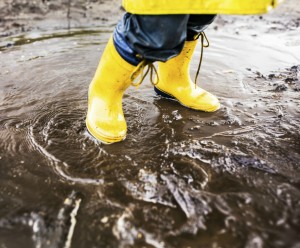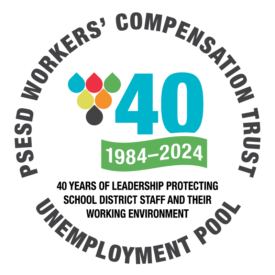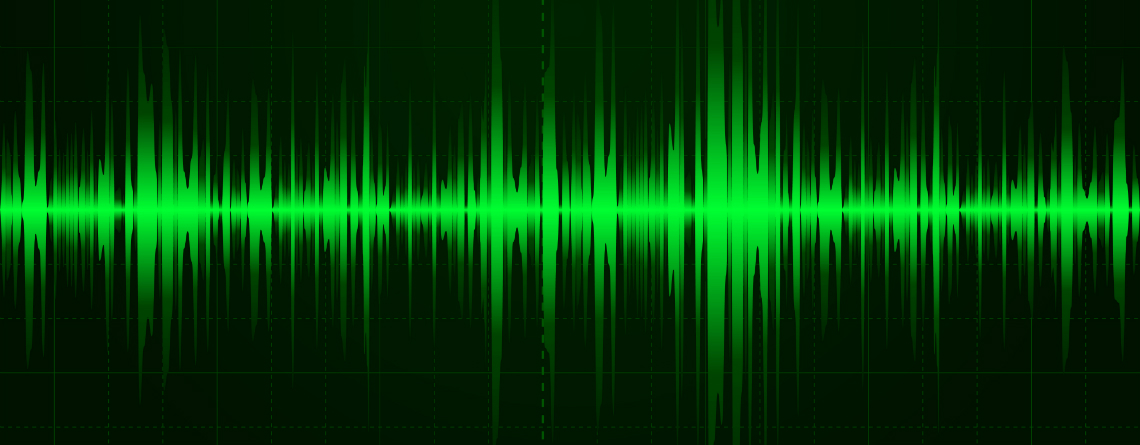By: Elizabeth Jakab, Industrial Hygienist
Rain and dampness are basic facts of life in the beautiful Pacific Northwest. So are leaky roofs, water damage, and the potential mold growth that follows. This is true everywhere: homes, schools, and other commercial buildings.
 Given what we know, our emphasis should always be on prevention, including regular inspections and preventive maintenance to avoid problems. But, we also need to be prepared for the instances when the roof does leak or the water lines break or the drain overflows.
Given what we know, our emphasis should always be on prevention, including regular inspections and preventive maintenance to avoid problems. But, we also need to be prepared for the instances when the roof does leak or the water lines break or the drain overflows.
Proper preparation and planning prevents panic and guarantees a good outcome for both health and safety, and the District’s budget.
The Guide
The Environmental Protection Agency has an excellent step-by-step guide, Mold Remediation in Schools and Commercial Buildings, that should be at the fingertips of all Operations and Maintenance leads who are in charge of remediation efforts.
The guide offers the option of doing small work (less than a 10 square foot surface) internally using the trained, competent, and well-protected employees of the District. For larger areas, the guide recommends contracting outside professional companies. Either way, Districts need to know about the basics of buildings, mold growth, and remediation requirements in order to properly lead and supervise remediation efforts.
Independent Oversight
When dealing with extensive water or mold damage, it is important to use multiple contractors. One independent party provides the evaluation, planning and oversight of the whole process – the Industrial Hygienist – while a second party does the actual hands-on remediation work. It is not advisable to use one company for both, since multiple layers of expertise and independent oversight are needed to ensure that the work is done properly.
It is not easy to “prove” that a remediation was well done. There is not a test at the end of a project to safely provide clearance. Only those with proper professional expertise and continuous oversight of the process are able to confirm a positive closure. We recommend contracting companies or professionals who are good standing members of the local chapter of the American Indoor Air Quality Association.
The consequences of poorly done remediation do not appear instantly. It can take months or years until overlooked mold gets sufficient water to revive, grow, and flourish.
Communication
An important part of water damage and mold remediation is timely and proper communication of the facts and actual risks of the situation to all stakeholders. Exaggerated headlines have turned mold into a frightening specter. Districts can offset those beliefs by emphasizing the scientific truth that mold is a natural phenomenon that has surrounded humanity for ages. It is consistently present both indoors and outdoors in our area and it is an allergen for the average healthy person.
Good communication can help your community understand the real risks, the remediation process, and the value of collaboration toward a positive conclusion.
Contact Us
For further assistance, please contact our Industrial Hygiene Consultant, Elizabeth Jakab.
Please note that while the Trust can provide general consultation, the Trust cannot act as the project manager for individual remediation projects.
If you are interested in getting information and training to teach your own district personnel how to do small remediation projects please contact Elizabeth. If there is enough interest and commitment to attend, the Trust will work to provide a training opportunity.



